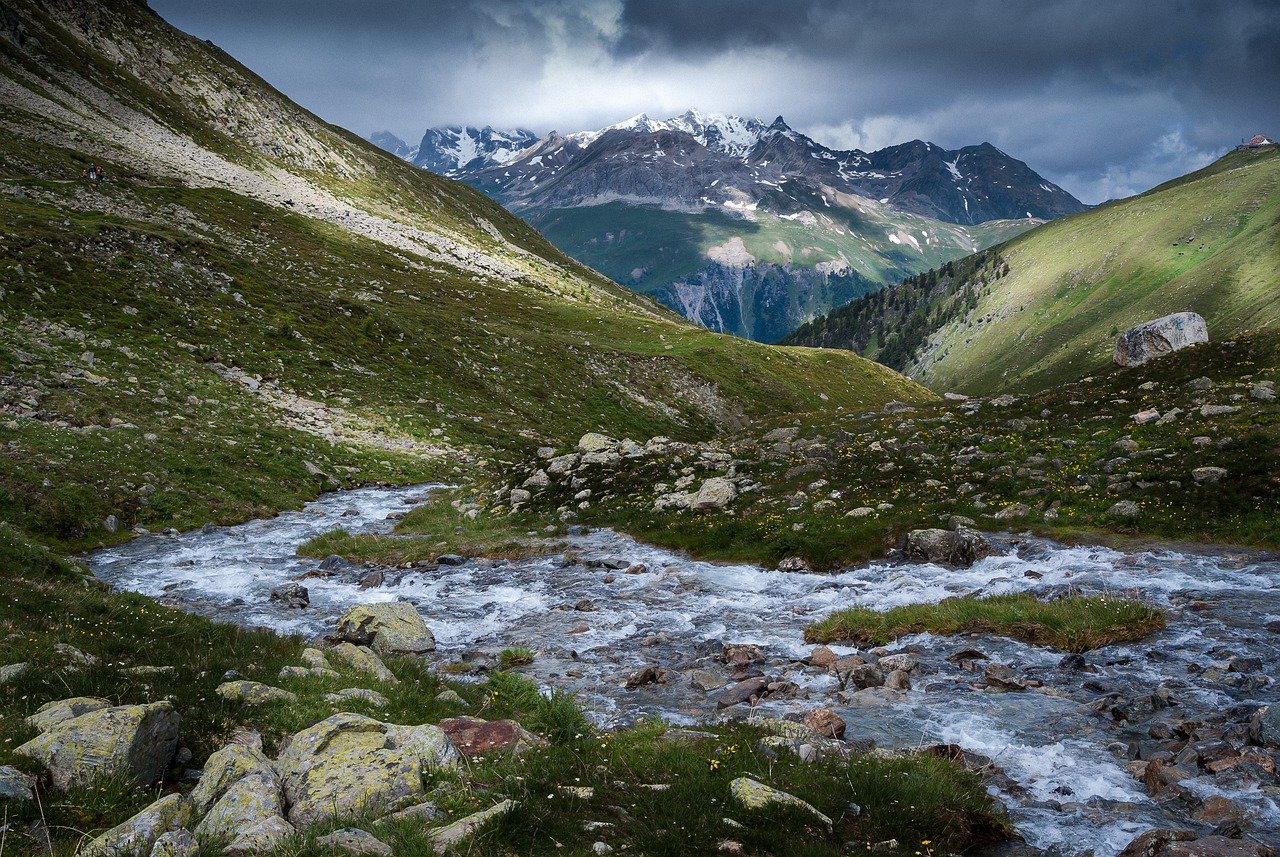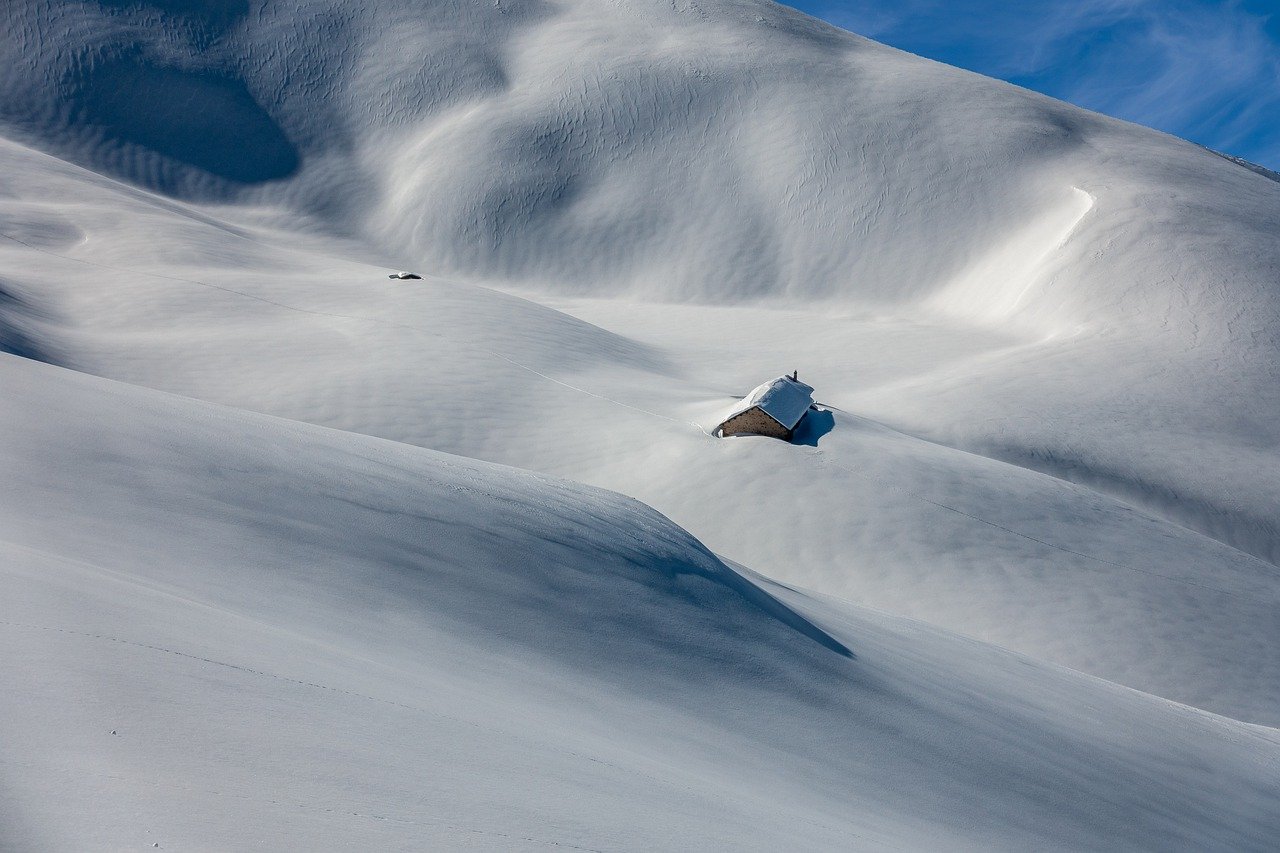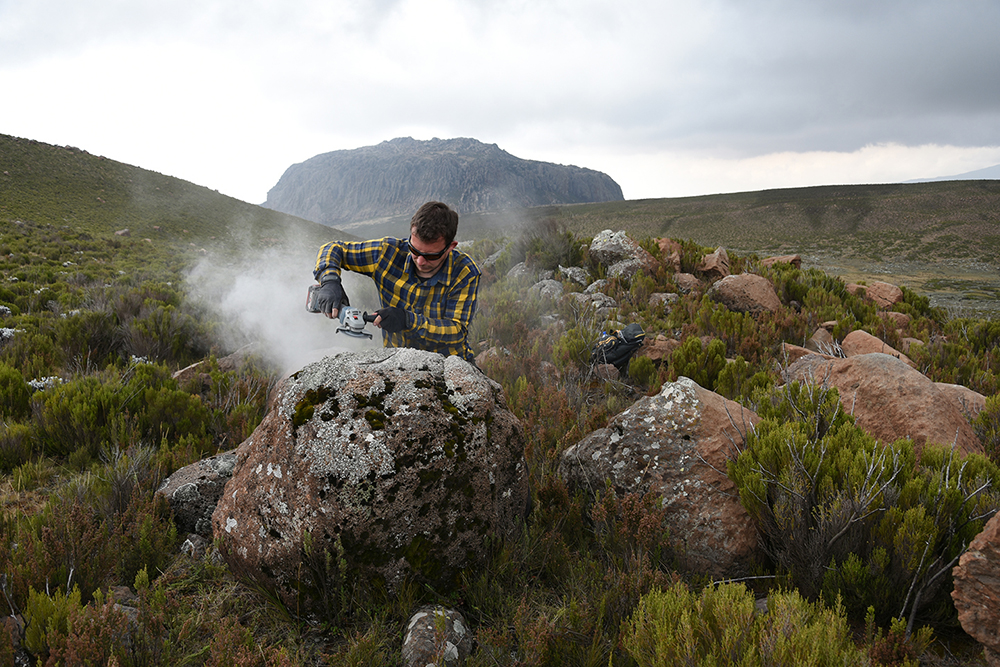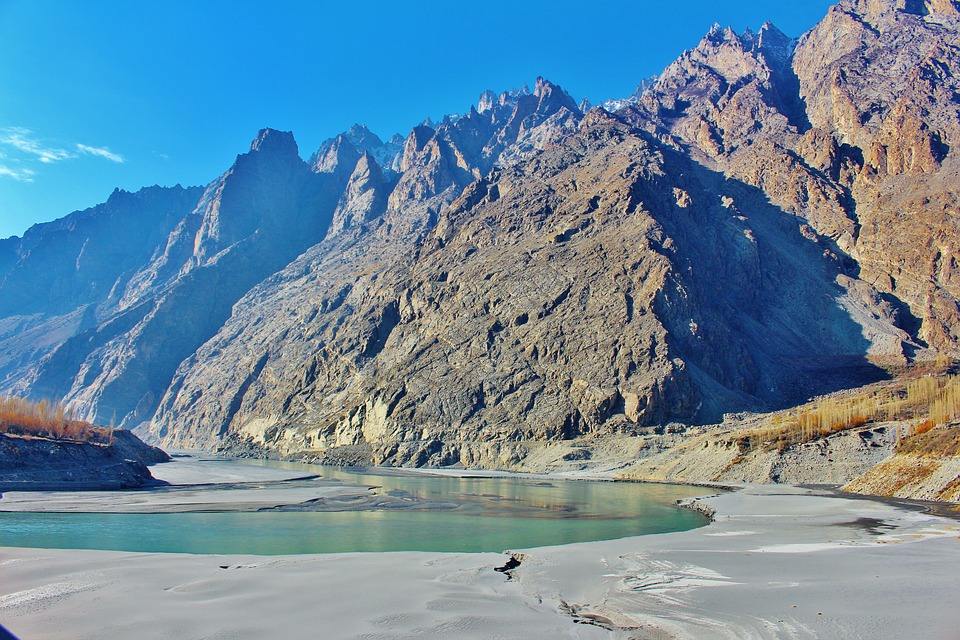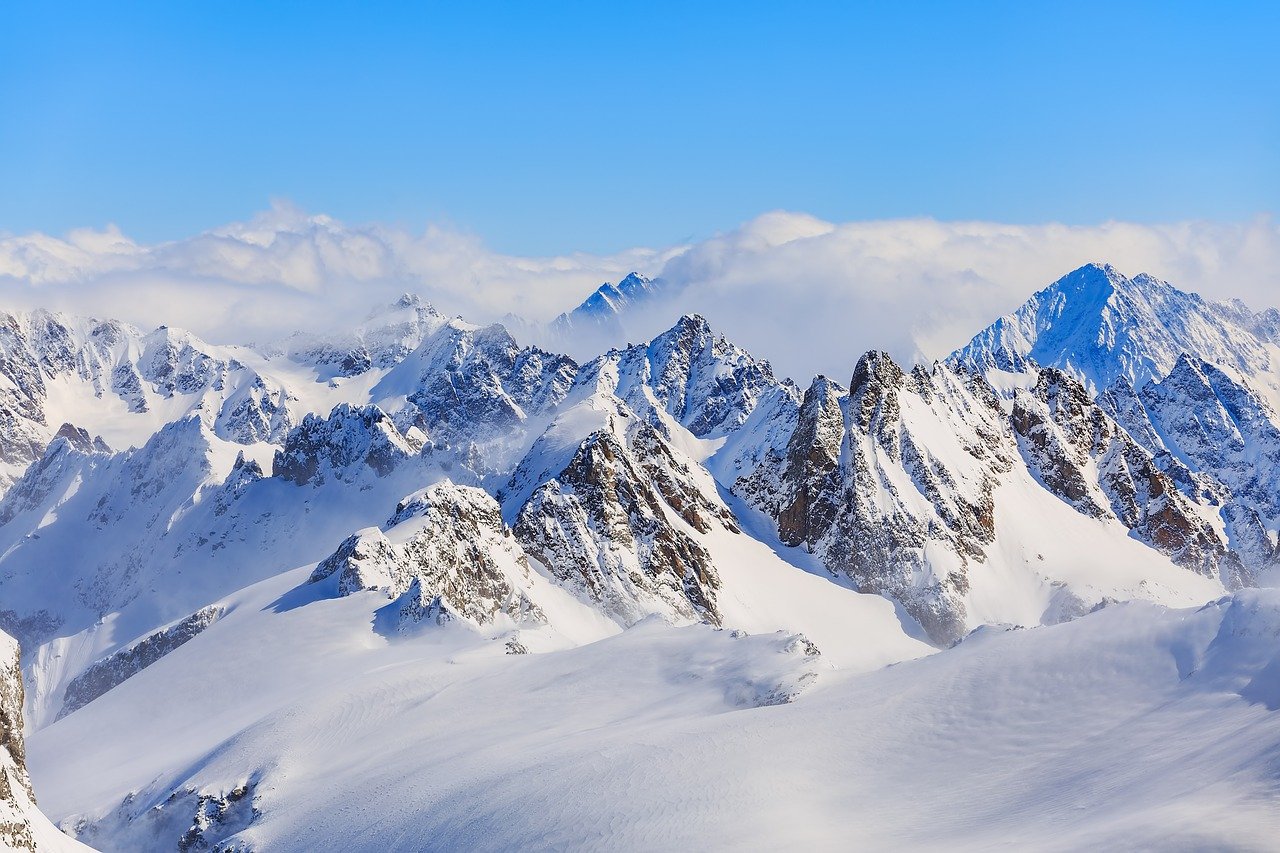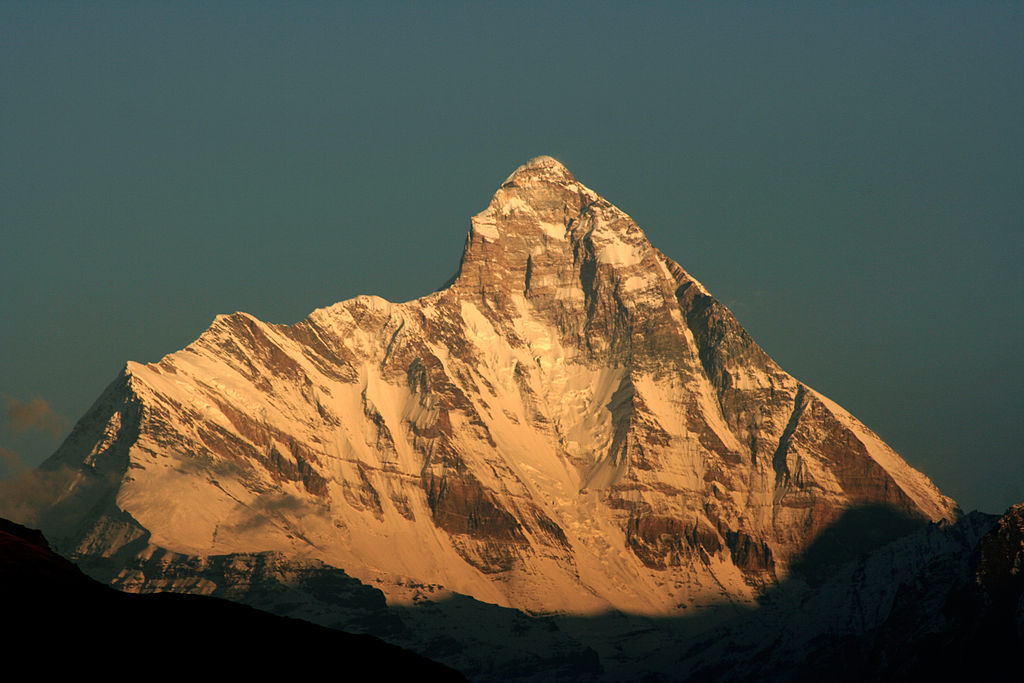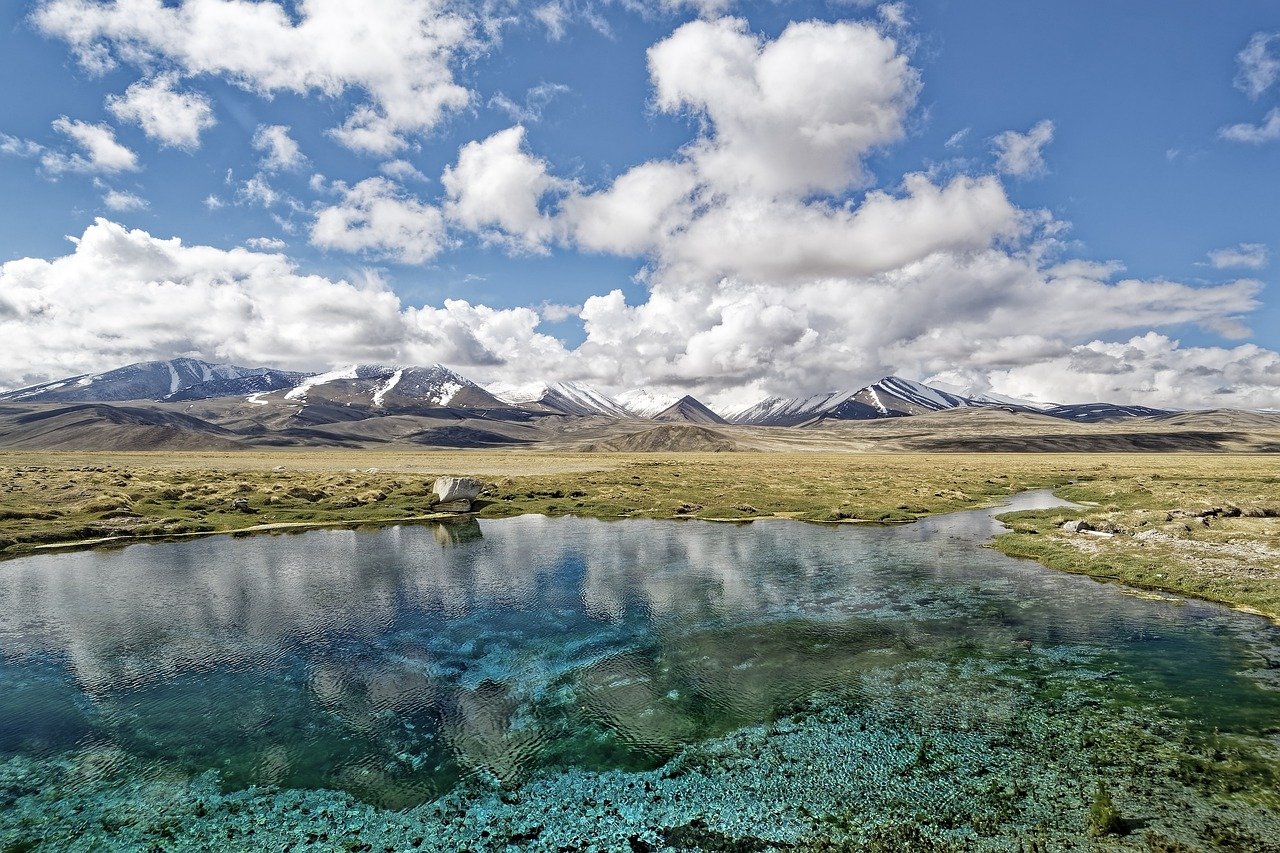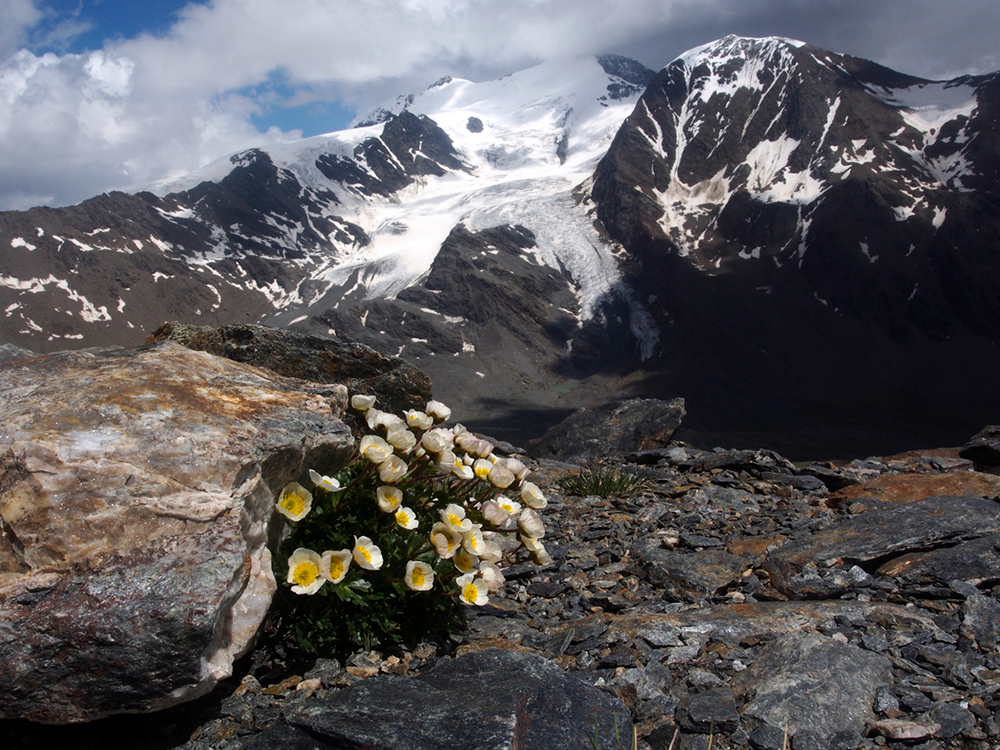Global News
- Details
- Category: Global News
The Hydro-CH2018 project analysed the effects of climate change on Swiss water bodies. It found that climate change will greatly affect water availability over the course of the year, and this vital resource will become so scarce or so warm that humans will have to curb their activities and nature will suffer. A new report summarizes the project's findings, and explores how these impacts can be mitigated.
How will climate change affect the water regime in Switzerland – the 'reservoir' of Europe? This was the key question addressed by the Hydro-CH2018 research project, an extensive study carried out under the lead of the Swiss Federal Office for the Environment (FOEN) in conjunction with the Swiss National Centre for Climate Services (NCCS). The impact is much greater than previously thought: without climate protection measures, by the end of the century there will be around 30 per cent more water in the rivers in winter, and 40 per cent less in summer.
- Details
- Category: Global News
A collaborative effort by the research community has enabled the very first Alpine-wide assessment of station snow depth – and found decreases in snow depth in spring across all altitudes and regions over the last 50 years.
New research published in the journal The Cryosphere evaluates snow data for the period 1971-2019 from more than 2000 measuring stations in Austria, France, Germany, Italy, Slovenia, and Switzerland, making it the first Alpine-wide assessment of station snow depth. The study, coordinated by Eurac Research, is the result of an international collaborative research effort contributed to by over 30 partners.
- Details
- Category: Global News
Although past temperature variations in the tropics are of great importance to understanding the global climate system, little is known about their extent and chronological course. Researchers led by the University of Bern have now been able to demonstrate strong local cooling in the tropics during the last glacial period on the basis of glacier fluctuations and large stone stripes in the Ethiopian Highlands.
A research team led by Alexander Groos, Heinz Veit (both Institute of Geography), and Naki Akçar (Institute of Geological Sciences) at the University of Bern, in collaboration with colleagues from ETH Zurich, the University of Marburg, and the University of Ankara, used the Ethiopian Highlands as a test site to investigate the extent and impact of regional cooling on tropical mountains during the last glacial period. The results have been published in the scientific journals Science Advances and Earth Surface Dynamics.
- Details
- Category: Global News
The UN Office for Disaster Risk Reduction (UNDRR) publishes the Global Assessment Report on Disaster Risk Reduction (GAR) every three years. Nations and public and private research partners contribute to this flagship report on worldwide efforts to reduce disaster risk.
The GAR assesses global progress toward implementing the targets and priorities of the Sendai Framework for Disaster Risk Reduction (SFDRR) in relation to the advances of other global agendas such as Sustainable Development Goals (SDGs) and the Paris Climate Change Agreement. It shares innovative research and practice in disaster risk management, with the objective to support risk reduction and increase resilience from local to global scales.
- Details
- Category: Global News
The Prix de Quervain for Polar and High Altitude Research is attributed to young scientists for outstanding achievements in their Masters or PhD thesis or other research projects. Deadline 31 May 2021.
The Prix de Quervain is announced annually, and funded by the Swiss Committee on Polar and High Altitude Research SKPH, the Commission for the for Research Station on Jungfraujoch SKJF and the Swiss Foundation for Alpine Research. In 2021, the call is open in the field of natural sciences concerning high altitude research.
- Details
- Category: Global News
The Mountain Research Initiative Coordination Office was extremely saddened to hear news of the flood/debris flow disaster that occurred in the mountainous Chamoli district of Uttarakhand State, India, on the morning of 7 February 20211.
At the time of writing (11 February), 34 people are known to have lost their lives, and at least 174 people remain missing2. Two hydropower stations and other infrastructure, including roads and bridges, were destroyed. We hope that the remainder of the rescue and recovery operation will proceed as efficiently as the challenging circumstances in this fragile social-ecological system allow. Several members of the MRI network, in conjunction with Indian scientists, are contributing to develop an understanding of the event and its impacts.
- Details
- Category: Global News
The Biosphere Futures database, a global collection of social-ecological scenarios "creating a commons to strengthen the practice," is seeking scenario and case study contributions from the mountain research community.
- Details
- Category: Global News
Nearly a quarter of Italian alpine plant species are threatened by glacier retreat, according to a new study from Stanford University. Glaciers around the world are predicted to disappear within the next decade and the consequences for the plants, animals, and societies surrounding them are still uncertain. By combining historical records, current surveys, and computational models, the researchers’ findings may help guide conservation efforts.
Beyond the ski slopes, one of the most iconic symbols of the Alps are the alpine flowers. These plants are not only beautiful–they are also used in liqueurs and medicines, and they form the foundation of the local food chains. But a recent study in Frontiers in Ecology and Evolution shows that, although plant diversity may initially increase with glacier retreat, many of these species may soon become endangered.




